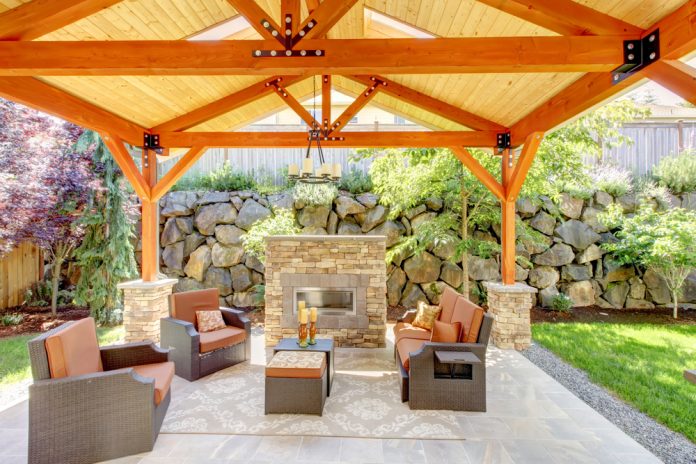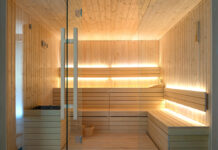Perhaps you’re thinking about investing in a patio cover to put on your home, so that you can spend some more quality time outside of the house. That’s a fantastic idea. The thing is you now have many choices ahead of you, such as width, length, and of course, material.
The material you choose for your patio cover should be carefully selected based on your individual priorities. Some of the prettier materials for patio covers aren’t as durable, while some of the more durable patio covers require maintenance in other ways that might not be convenient for you. It’s all about figuring out what looks the best to you, all while providing the least amount of inconvenience. After all, the idea here is to maximize your time relaxing, not the time you spend worrying about upkeep.
In that vein, let’s go over what the different materials are, as well as the kind of people they’re best suited for:
Wood
This type of patio cover is the most common, owing to its rustic feel and the fact that it can be painted and finished in an almost infinite number of ways. Wood is great for people who want a much more natural feel from their patio cover, almost as if their patio is part of the outdoors instead of an extension of their home. One of the main pitfalls of wood patio covers, however, is that they are extremely susceptible to decay and rot due to the moisture and elements. Simply put, while they aren’t temporary, they aren’t associated with longevity.
Vinyl
When it comes to patio covers, vinyl is perhaps the easiest out of the bunch to choose from. They are inexpensive, fairly simple to install, and last practically forever. They are waterproof and rustproof, making them functional for extremely long periods of time. Out of all types of patio covers, these are definitely the easiest to maintain, with some even offering the option to have them retracted when not in use.
What keeps vinyl coverings from being the most common, in our opinion, is that they are the least aesthetically appealing, with some even going as far as to describe them as tacky and cheap-looking. Of course, some types of vinyl are almost regal in design, but those are on the more expensive side. If you seek advice, reach out to a design company, such as Clark Outdoor Designs, who can offer expert guidance in selecting the right patio cover to match both function and style.
Aluminum
A good compromise between wood and vinyl would be aluminum. Aluminum is highly resistant to the elements and durable when faced with the most common issues like wind and rain. In fact, the only way aluminum is going to be banged up is if something heavy like a tree would fall on it. Aluminum is extremely attractive and can be molded into various shapes. See these patio covers for some great examples. An often underappreciated aspect of aluminum patio covers is that they are also great at reflecting heat away from the area it’s covering, making what would normally be a hot day a much more tolerable experience while lounging outside.
Conclusion
There are about a half dozen other different materials you could possibly choose from when deciding what kind of patio cover you’re going to shoot for. But then, these three are some of the most common. Make sure the patio cover fits well with the door and the way the blinds look. Aluminum is gaining popularity because it mixes the aesthetically pleasing nature of wood with the durability associated with vinyl. Of course, it isn’t a 1:1 conversion, but it does seem to be the best of both worlds. Still, it’s just a matter of deciding what means most to you.
Find a Home-Based Business to Start-Up >>> Hundreds of Business Listings.
















































